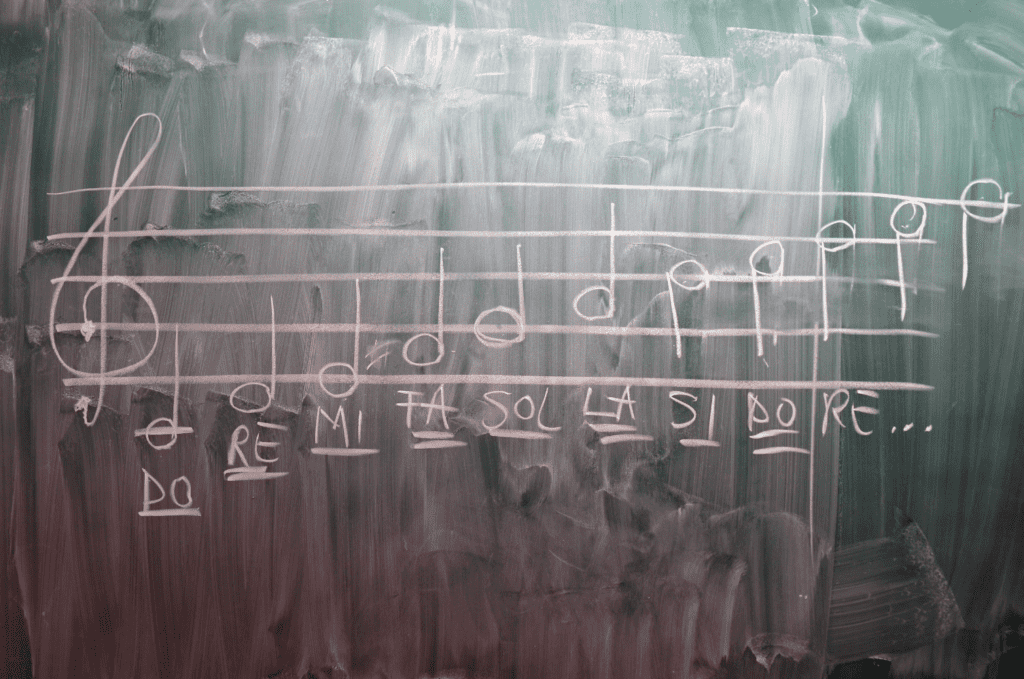The only way to get better at something is to practice. Well, actually, that’s a little bit untrue. The real only way to get better at something is to practice properly. Nowhere is this more true than the realm of the guitar, an instrument that requires near-constant, backbreaking (literally, if you’ve got one of those heavy Gibson Les Pauls) work to get decent at, and practically compulsive levels of devotion if you ever expect to become the next Joe Satriani, or whoever it is you kids listen to these days. Developing a decent guitar practice routine is crucial.
Anyways, like I was saying, the cornerstones of any practice regiment should be diligence, structure, and consistency. Diligence helps you push through the practice session without zoning off and just going through the motions. Structure helps you focus on key areas and develop your abilities evenly. Dnd consistency lets you practice every night without missing one, even if you’re planning on getting drunk (I tend to occasionally have problems with this one).
Table of Contents
Speed
An easy exercise for getting better finger dexterity is to simply play a chromatic scale along with a metronome set to a comfortable tempo. Then up that tempo by 5bpm and repeat the scale. Keep doing this until you get to the point where you can’t play the scale at all, then gradually work your way back down by 5bpm increments. Building speed is an important part of any guitar practice routine. Experiment with other exercises, such as playing one string at a time or playing triplets on each note (this builds your picking strength). 20 minutes a day of these exercises will speed up your playing immensely. If you’re interested, here are 4 more guitar speed exercises, you can pick up pretty fast.

Learning The Scales
To learn the scales, start with the major scale and learn the degrees, notes, and fingering of the 6 patterns that recur up and down the fretboard. Once you practice each one in sequence until you’ve got it down, you can start stringing them together and you’ll have the entire major scale mapped over the fretboard in every key… From here, learning modes and pentatonic scales is as simple as knowing which note to start on and what notes not to play. Work on scales as a part of your guitar practice routine for an hour or two a day if you can, though you’ll notice results in as little as 20 minutes a day. Here’s a piece I wrote about learning guitar scales.

Practicing Individual Songs
It’s also important to have fun… This is music, after all. Pick songs that are around your difficulty level and work to perfect them. My goal is about a song a week. It gives you some campfire material, and you’ll learn a lot of techniques that you can use in your own playing. Some good starter songs are “Blackbird” by the Beatles and “The Needle And The Damage Done,” by Neil Young. If that’s not your style of music, pick something else. Just don’t start on anything too difficult right off the bat or it’ll put you off. Finishing each guitar practice routine with a song you like to play is a good method to get you going through all of the routine from start to end. Work on these songs for about a half-hour a day.
Conclusion
That’s it. Now you have a decent guitar practice routine you can further develop to suit your style later. Add exercises, learn different scales, experiment with other genres of music – the sky is the limit. If you enjoyed it, there are a lot more free guitar lessons you can browse through. And as usual, if you have other tips, post them in the comments, and I’ll see you next time!